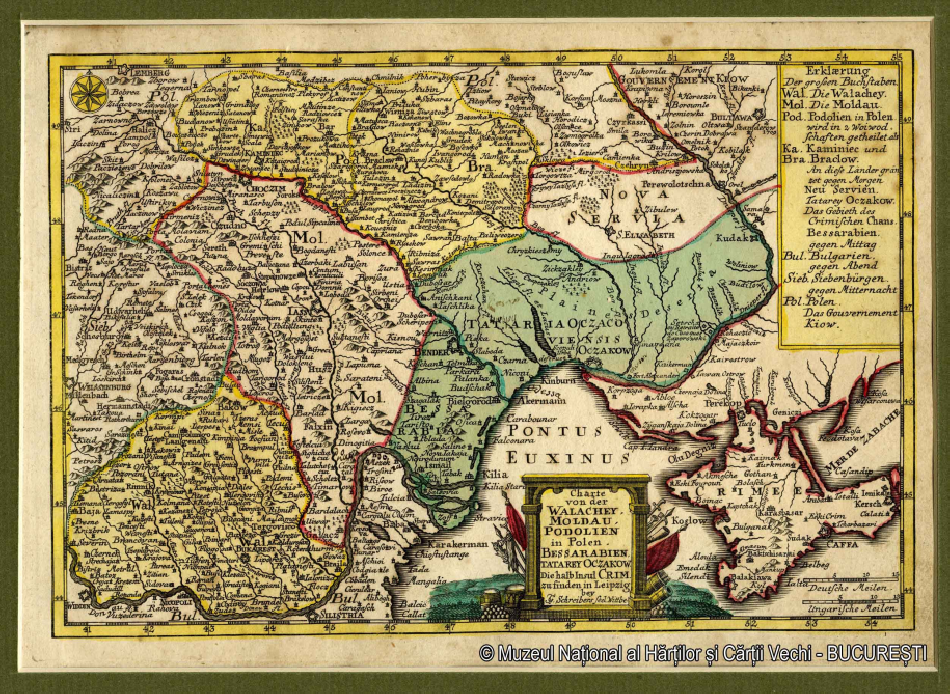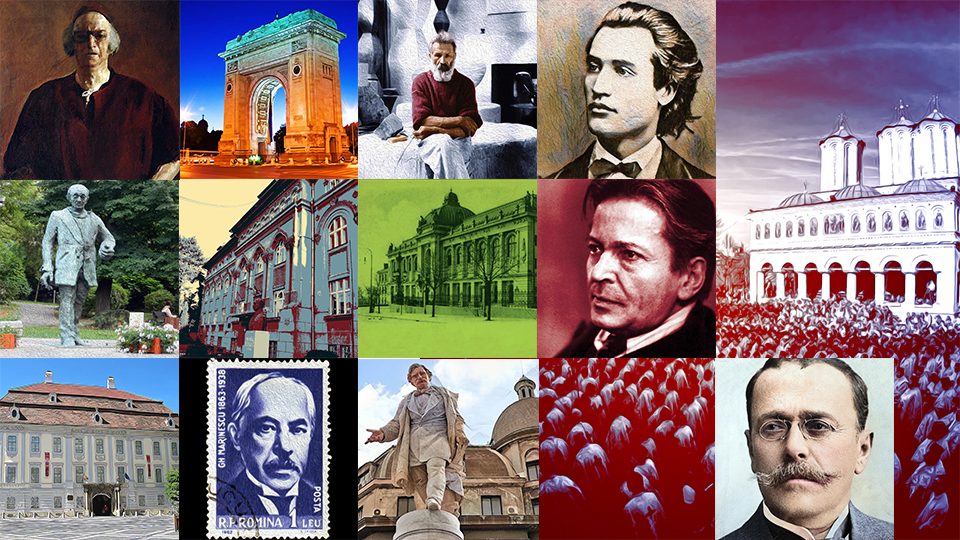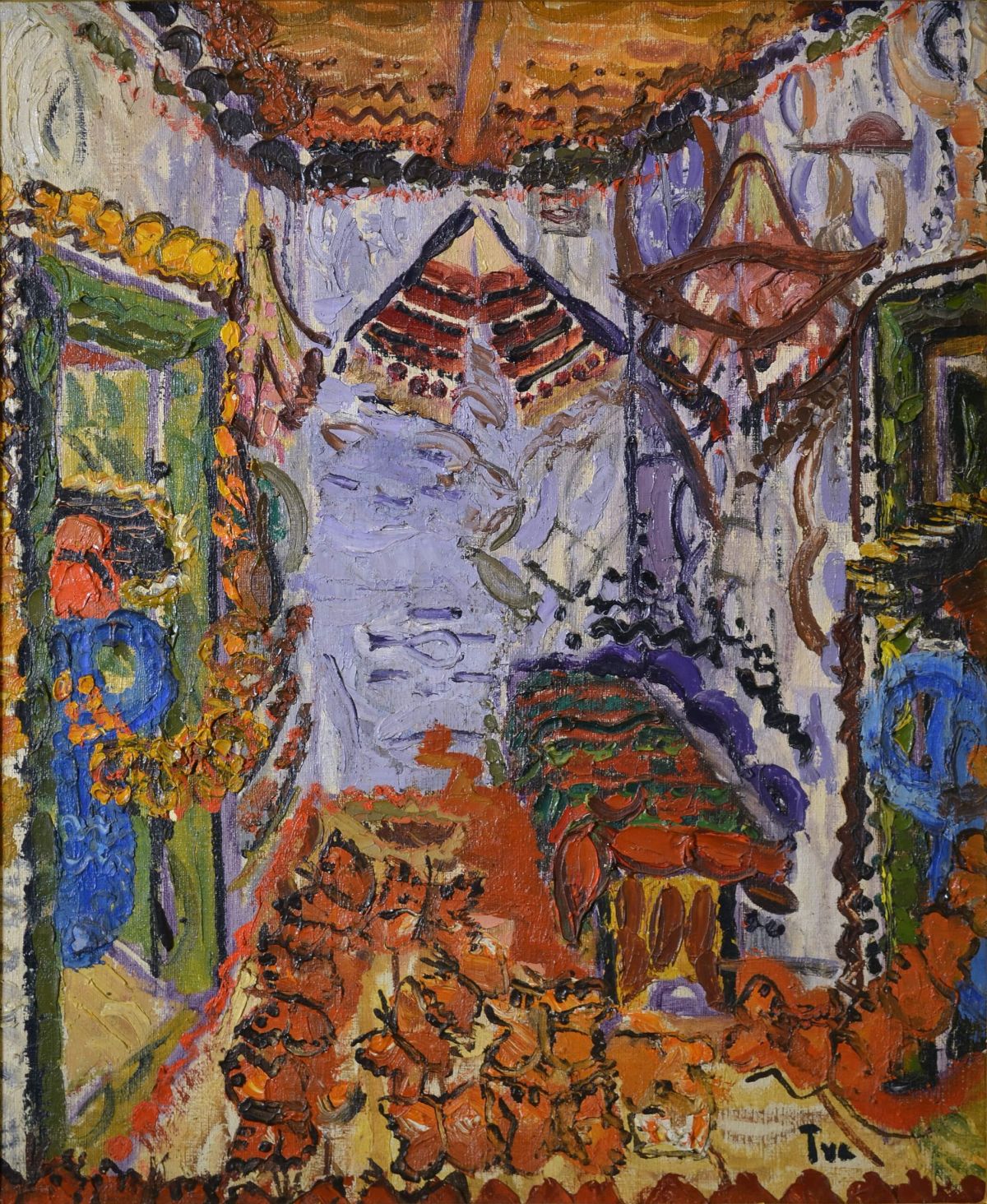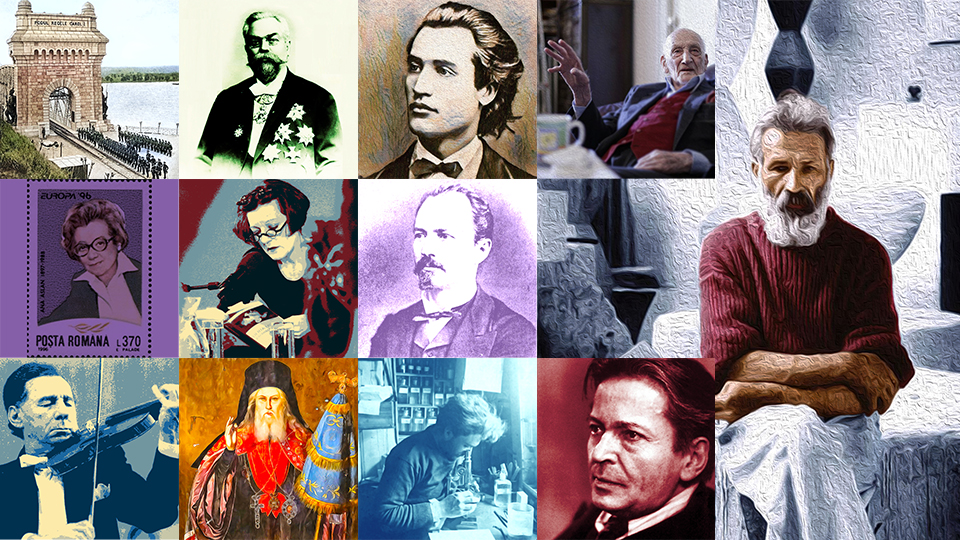The Church and medieval citadel in Ghimbav
One of the 13 Saxon settlements in Tara Barsei, central Romania, Ghimbav is situated 9 km west of Brasov.

Christine Leșcu, 21.10.2017, 14:08
One of the 13 Saxon settlements in Tara Barsei, central Romania, Ghimbav is situated 9 km west of Brasov. Its German name is Weidenbach, that is the “Willow Tree River”, a reference to the river that crosses the town, Ghimbasel. Most likely set up in the 13th century by the Order of the Teutonic Knights, Ghimbav is first mentioned in documents in mid 14th century. Since 1377, together with 12 other Saxon settlements in the area, it has made up a political and administrative unit, led by Brasov.
Unsurprisingly, therefore, the town looks very much like the other Saxon settlements in Transylvania, with some local exceptions such as the Evangelical Church and the fortification surrounding it. Given the high Turkish-Tartar threat in the 13th and 14th centuries, the region, which is located in the vicinity of the Buzau Gorges that cross the Carpathians to into Moldovia, needed a well-coordinated defence plan.
This is why a strong stone fortification was built in Ghimbav, as art historian Adriana Stroe explains: “Following a royal order of 1427, which referred to the construction of fortifications in Barsa County, Ghimbav and other Saxon settlements chose the solution to fortify the church, which was not only the biggest building in every village, but also the only stone construction in each settlement at that time. The church in Ghimbav, built in the late 13th century, was a spacious construction, built in early Gothic style. In the western part of the nave, they built a belfry. The church has cross vaults and the main access to the church was made through a late Roman portal. In the 15th century, when the fortified walls were built, the church was partially transformed, with additions in the High Gothic style. The church preserved, however, some elements dating back to an earlier period of time: the choir walls and the chapels, the west tower and the aisles, as well as the geminated windows, in the southern part of the church”.
In the ensuing centuries, although Tartar invasions were no longer a threat, the church and fortification in Ghimbav were not spared by attacks. Adriana Stroe: “In 1658, the church was severely affected by the battles waged during the campaign to rule Transylvania. In 1660, the locals managed to restore the initial form of the sacristy and of the choir, and in 1664 the reconstruction of the aisles was also started. In 1775, when decoration works started on the church, a vault with Baroque-inspired decorations was added to the nave. The church’s choir still preserves an altar dating back to 1848 and built in Classicising style, and the Biedermeier pulpit, dating back to 1812, has stucco ornaments. The baptismal font dates back to 1744, and the organ built in 1786 was upgraded in the 19th century. The bells date back to the 17th and 19th centuries.“
It was also in the 18th century that the first mentions were made in documents on the Romanians settled in Ghimbav and the surroundings. In 1700 there were 30 Romanian families and in 1783, with the support of the Holy Roman Emperor Joseph II, the first Romanian Orthodox church was built, thanks to the donation of a wealthy merchant, Iosif Boghici. Since then, the two churches have run in parallel in Ghimbav, and the fortification near the Evangelical church served more purposes than merely the defensive ones.
Adriana Stroe: “This fortified building was polygonal in shape, with 2-meter thick walls. The fortification was surrounded by a second ring of smaller walls and by a moat. Access was made through the south-east: a tower protected by a barbican and two lines of firing posts. Access to the barbican was protected by a mobile bridge. There were storerooms inside the fortification, where the locals stored their harvests and precious household items, to be protected in case of invasion. The place also provided shelter from danger. In 1876, part of the fortification was demolished, and the commune hall was built on the site. In 1940, some of the storerooms were also demolished.”
At present, the church and fortification in Ghimbav are included in the Tara Barsei tourist circuit.






























